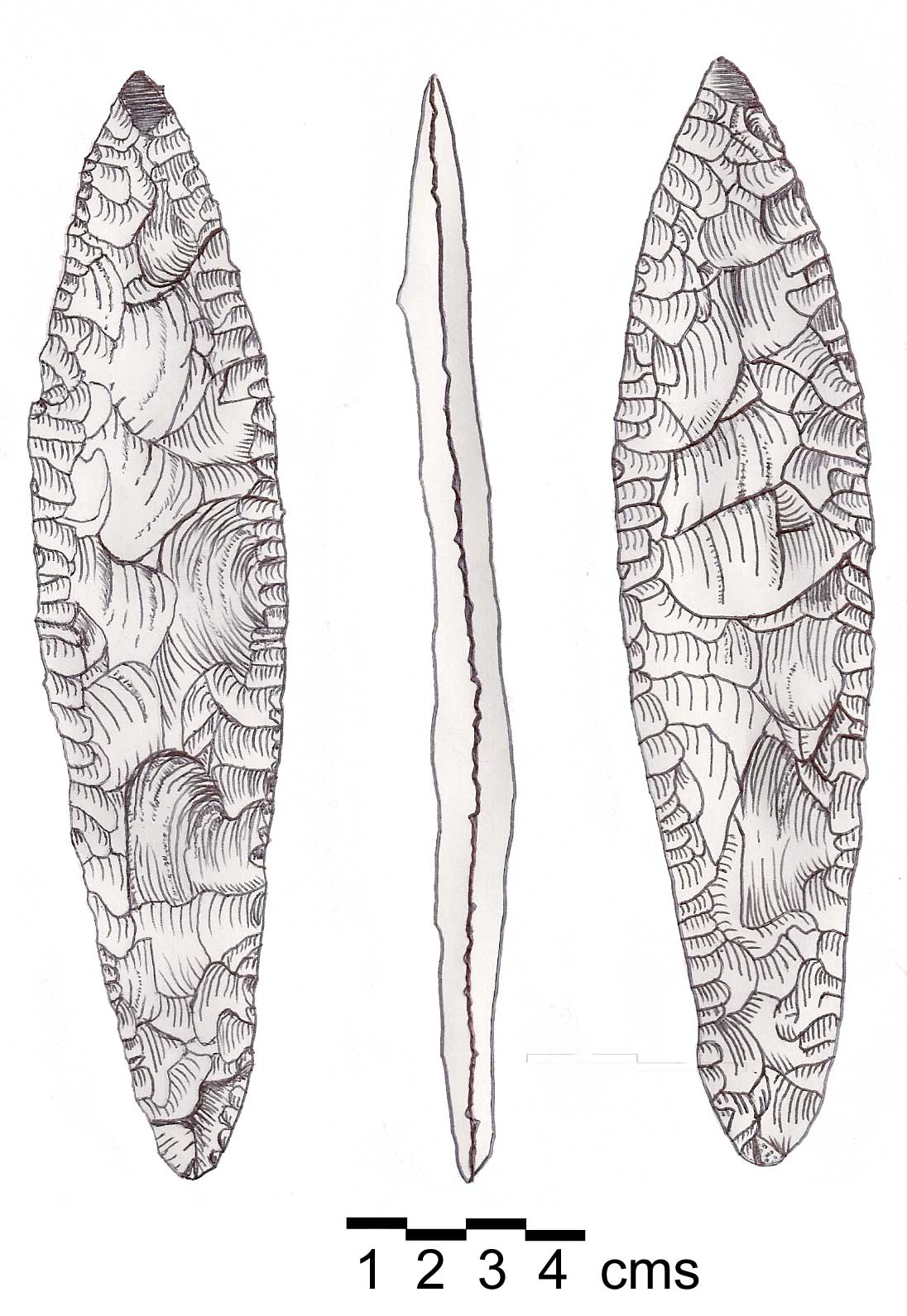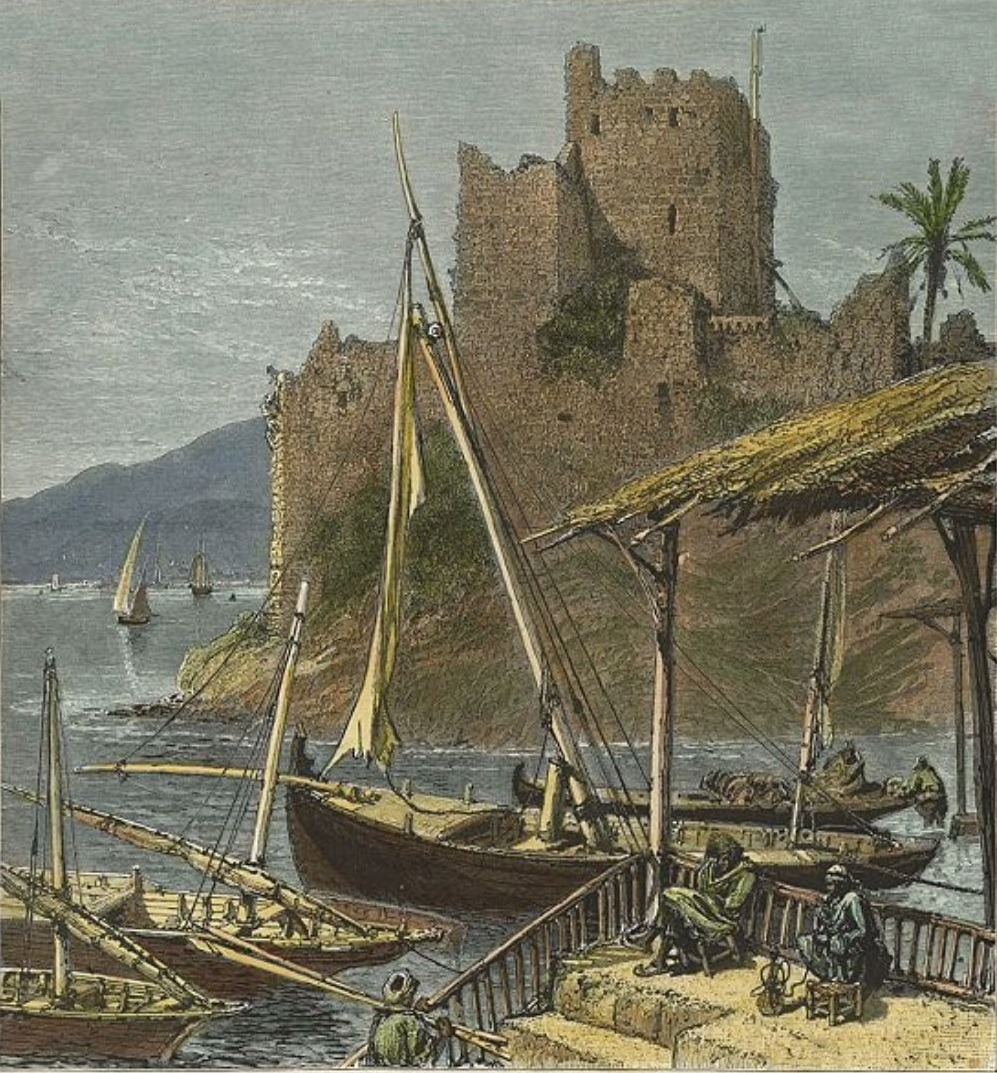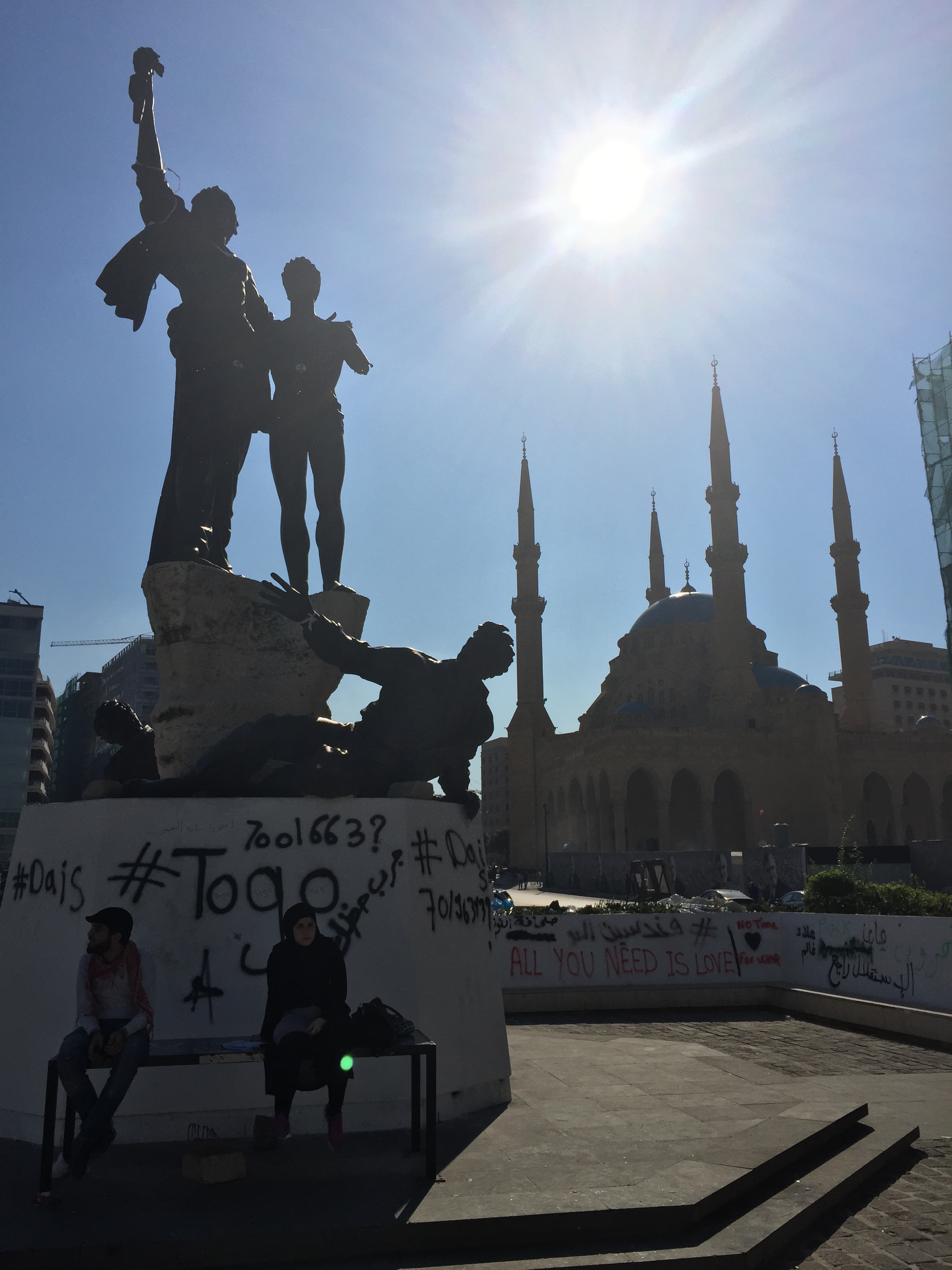|
Castle Square, Beirut
Castle Square is a square in Beirut, Lebanon, named after Beirut Castle that stood nearby until demolition in the late 19th century. Remains of a western extension of the castle are preserved within the square. Timeline * 8th century: Reinforcement of the Tell with a fortress. * Crusader period: A 6-meter-wide moat separated the southwestern tower from the lower city, protecting the castle from attacks. * 1827 and 1840: Heavy naval bombardments rendered the castle obsolete. * 1890s: The fort and the castle promontory were demolished to construct a road and railway. * 2010: Excavation for the construction of Castle Square revealed a western extension of the Crusader Castle. See also * Beirut Castle * Martyrs' Square, Beirut References * Antaki, Patricia (2001) “The Crusader Castle of Beirut”, in: Beirut: History and Archaeology, Proceedings of ARAM Twelfth International Conference (American University of Beirut Lebanon 13-16 April 1999), Aram 13-14: 323-353. * Davie, ... [...More Info...] [...Related Items...] OR: [Wikipedia] [Google] [Baidu] |
Beirut
Beirut, french: Beyrouth is the capital and largest city of Lebanon. , Greater Beirut has a population of 2.5 million, which makes it the third-largest city in the Levant region. The city is situated on a peninsula at the midpoint of Lebanon's Mediterranean coast. Beirut has been inhabited for more than 5,000 years, and was one of Phoenicia's most prominent city states, making it one of the oldest cities in the world (see Berytus). The first historical mention of Beirut is found in the Amarna letters from the New Kingdom of Egypt, which date to the 14th century BC. Beirut is Lebanon's seat of government and plays a central role in the Lebanese economy, with many banks and corporations based in the city. Beirut is an important seaport for the country and region, and rated a Beta + World City by the Globalization and World Cities Research Network. Beirut was severely damaged by the Lebanese Civil War, the 2006 Lebanon War, and the 2020 massive explosion in the ... [...More Info...] [...Related Items...] OR: [Wikipedia] [Google] [Baidu] |
Lebanon
Lebanon ( , ar, لُبْنَان, translit=lubnān, ), officially the Republic of Lebanon () or the Lebanese Republic, is a country in Western Asia. It is located between Syria to Lebanon–Syria border, the north and east and Israel to Blue Line (Lebanon), the south, while Cyprus lies to its west across the Mediterranean Sea; its location at the crossroads of the Mediterranean Basin and the Arabs, Arabian hinterland has contributed to History of Lebanon, its rich history and shaped Culture of Lebanon, a cultural identity of demographics of Lebanon#Religious groups, religious diversity. It is part of the Levant region of the Middle East. Lebanon is home to roughly six million people and covers an area of , making it the List of countries and dependencies by area, second smallest country in continental Asia. The official language of the state is Arabic, while French language, French is also formally recognized; the Lebanese Arabic, Lebanese dialect of Arabic is used alongside Mo ... [...More Info...] [...Related Items...] OR: [Wikipedia] [Google] [Baidu] |
Beirut Castle
Beirut Castle was a major Crusader castle located in downtown Beirut, Lebanon. It was mostly built during the Crusades and demolished during works of extension of the Port of Beirut in the late 19th century. History Beirut's city walls are mentioned by William of Tyre at the time of its first conquest by the Crusaders in 1110. A first city castle appears to have been built in 1183-1185, following Saladin's unsuccessful siege attempt in 1183 and probably under the leadership of Raymond III, Count of Tripoli. By the time Saladin came back and successfully took over Beirut in 1187, the city castle was well documented by chroniclers. In 1197 the city was taken back by the Crusaders, and in 1198 it came under the rule of John of Ibelin. The castle was described in 1212 by Wilbrand of Oldenburg, following its refurbishment by John. When Mamluk troops captured the city from the Crusaders in 1291, they partly demolished the fortifications, but the Mamluk Sultan Barquq built a new to ... [...More Info...] [...Related Items...] OR: [Wikipedia] [Google] [Baidu] |
Martyrs' Square, Beirut
Martyrs' Square ( ; french: Place des Martyrs), historically known as "Al Burj" or "Place des Cannons", is the historical central public square of Beirut, Lebanon. Like the Marjeh Square, Martyr's Square in Damascus, it is named after the Martyrs' Day (Lebanon and Syria), 6 May 1916 executions ordered by Djemal Pasha during World War I. Overview In 1931, the historic square took its name to commemorate the martyrs executed there under Ottoman rule. In the 1950s, the square became a popular venue for cinemas and coffee-houses. During the Lebanese Civil War, it was part of the Green Line (Lebanon), demarcation line that divided the city in half. Construction Initially named ''Sahat al-Burj'', the Municipality of Beirut modernized the square in 1878 as the main meeting place of the city. Beshara Effendi designed a garden with fountain and kiosks, overlooked by the Petit Serail - the seat of Beirut’s governor general – as well as public buildings and souks. After that, the squ ... [...More Info...] [...Related Items...] OR: [Wikipedia] [Google] [Baidu] |
Annales De Géographie
The ''Annales de Géographie'' is a French journal devoted to geography, first published in 1891. From the start the journal was an influential and respected academic journal. History The ''Annales de Géographie'' was founded in 1891 by Paul Vidal de La Blache (1845–1918). It was published by Armand Colin from the first edition until the present. From 1893 to 1915 the journal contained a yearly ''Bibliographie de l'année'' (Bibliography of the Year). Until 1946 the title on the cover was ''Annales de géographie, Bulletin de la Société de géographie''. With volume 282 (April/May 1941) the journal absorbed the society's ''La Géographie'' (1900). It did not appear in 1944. The Société de géographie's bulletin was published independently from 1947 under the title ''Acta geographica''. Coverage The Annales de Géographie became an influential academic journal that promoted the concept of human geography as the study of man and his relationship to his environment. Vidal de ... [...More Info...] [...Related Items...] OR: [Wikipedia] [Google] [Baidu] |
Monuments And Memorials In Lebanon
A monument is a type of structure that was explicitly created to commemorate a person or event, or which has become relevant to a social group as a part of their remembrance of historic times or cultural heritage, due to its artistic, historical, political, technical or architectural importance. Some of the first monuments were dolmens or menhirs, megalithic constructions built for religious or funerary purposes. Examples of monuments include statues, (war) memorials, historical buildings, archaeological sites, and cultural assets. If there is a public interest in its preservation, a monument can for example be listed as a UNESCO World Heritage Site. Etymology It is believed that the origin of the word "monument" comes from the Greek ''mnemosynon'' and the Latin ''moneo'', ''monere'', which means 'to remind', 'to advise' or 'to warn', however, it is also believed that the word monument originates from an Albanian word 'mani men' which in Albanian language means 'remembe ... [...More Info...] [...Related Items...] OR: [Wikipedia] [Google] [Baidu] |



